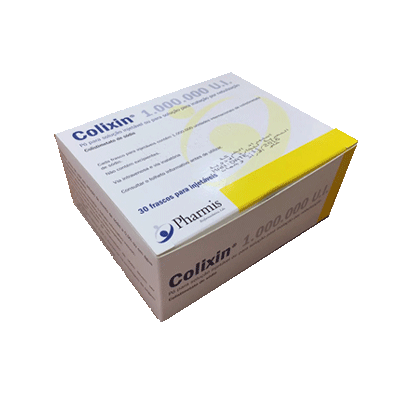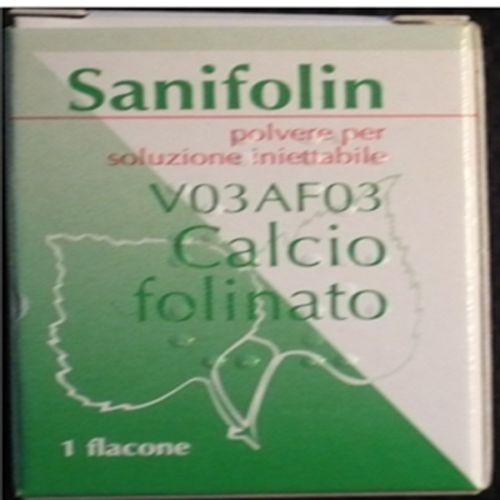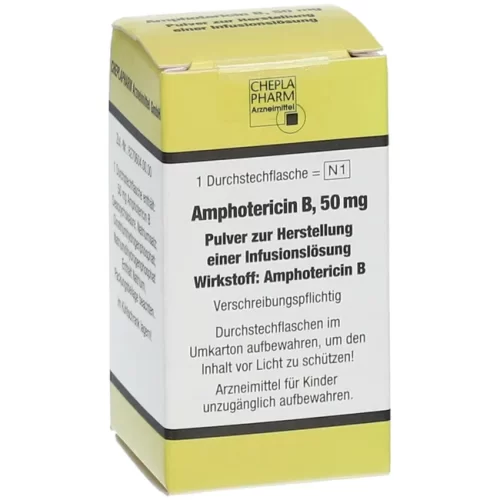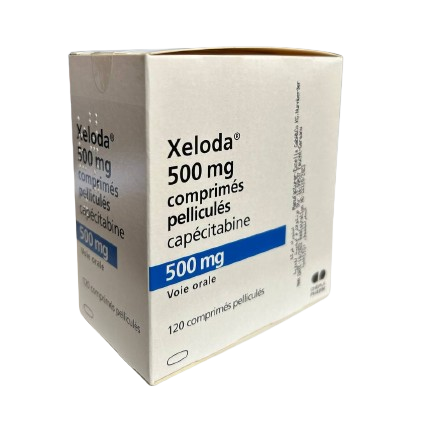Description
Colixin 1,000,000 I.U.
Powder for solution for injection or for nebuliser solution
Each vial contains 1.000.000 I.U. of colistimethate sodium (that corresponds approximately to 80 mg of colistimethate sodium).
Indications
- Colixin is indicated in adults and children including neonates for the treatment of serious infections due to selected aerobic Gram-negative pathogens with limited treatment options.
- Colixin administered by nebulisation is indicated in the treatment of lung infections due to Pseudomonas aeruginosa in patients (adults and children) with cystic fibrosis.
Dosage and route of administration
1.Systemic Treatment:
Colixin can be given as a 50 ml intravenous infusion over a period of 30 minutes. Patients with a totally implantable venous access device (TIVAD) in
place may tolerate a bolus intravenous injection of up to 2 million units in 10 ml given over a minimum of 5 minutes.
After reconstitution the solution should be used immediately. The reconstituted solution should be a clear solution.
The severity and the type of infection and age, weight and renal function of the patient determine the dose. If clinical or bacteriological response is slow, the dose may be increased according to the patient’s condition. The determination of serum levels is recommended, especially in patients
with renal impairment or cystic fibrosis and in neonates. Serum levels of 10- 15 mg/l (approximately 125-200 units/ml) of colistimethate sodium should be adequate for the treatment of most infections. A minimum of 5 days treatment is generally recommended. For the treatment
of respiratory exacerbations in cystic fibrosis patients, treatment should be continued for up to 12 days.
Adults and adolescents
Maintenance dose 9 MIU/day in 2-3 divided doses.
In patients who are critically ill, a loading dose of 9 MIU should be administered.
The most appropriate time interval to the first maintenance dose has not been established.
Modelling suggests that loading and maintenance doses of up to 12 MIU may be required in patients with good renal function in some cases. Clinical experience with such doses is however extremely limited, and safety has not been established.
The loading dose applies to patients with normal and impaired renal functions including those on renal replacement therapy.
Renal impairment
Dose adjustments in renal impairment are necessary, but pharmacokinetic data available for patients with impaired renal function is very limited.
The following dose adjustments are suggested as guidance.
Dose reductions are recommended for patients with creatinine clearance < 50 ml/min:
Twice daily dosing is recommended.
|
Creatinine clearance (ml/min) |
Daily dose |
| < 50-30 | 5.5-7.5 MIU |
| <30-10 | 4.5-5.5 MIU |
| <10 | 3.5 MIU |
MIU = million IU
Haemodialysis and continuous haemo(dia)filtration
Colistin appears to be dialyzable through conventional haemodialysis and continuous venovenous haemo(dia)filtration (CVVHF, CVVHDF). There are extremely limited data from population PK studies from very small numbers of patients on renal replacement therapy. Firm dose recommendations cannot be made. The following regimes could be considered.
Haemodialysis
No-HD days: 2.25 MIU/day (2.2 – 2.3 MIU/day).
HD days: 3 MIU/day on haemodialysis days, to be given after the HD session.
Twice daily dosing is recommended.
CVVHF/CVVHDF
As in patients with normal renal function. Three times daily dosing is recommended.
Hepatic impairment
There are no data in patients with hepatic impairment. Caution is advised when administering colistimethate sodium in these patients.
Older people
No dose adjustments in older patients with normal renal function are considered necessary.
Paediatric population
The data supporting the dose regimen in paediatric patients are very limited. Renal maturity should be taken into consideration when selecting the dose. The dose should be based on lean body weight.
Children < 40 kg
75.000-150.000 IU/kg/day divided into 3 doses.
For children with a body weight above 40 kg, use of the dosing recommendation for adults should be considered.
The use of doses > 150.000 IU/kg/day has been reported in children with cystic fibrosis.
There are no data regarding the use or magnitude of a loading dose in critically ill children.
No dose recommendations have been established in children with impaired renal function.
Intrathecal and intraventricular administration
Based on limited data, the following dose is recommended in adults:
Intraventricular route
125.000 IU/day
Intrathecally administered doses should not exceed those recommended for intraventricular use.
No specific dosing recommendation can be made in children for intrathecal and intraventricular routes of administration.
2. Nebulisation (aerosol inhalation):
For the treatment of lower respiratory tract infections, the powder is dissolved in 2-4 ml of water for injections or in 0.9% sodium chloride for use in a nebuliser attached to an air/oxygen supply.
The following recommended doses are for guidance only and should be adjusted according to the clinical response:
Children < 2 years: 500.000 – 1 million units twice daily.
Children > 2 years and adults: 1-2 million units twice daily.
After reconstitution the solution should be used immediately. The reconstituted
solution will be slightly hazy and may froth if shaken. For instructions on the
reconstitution of the product before administration.





